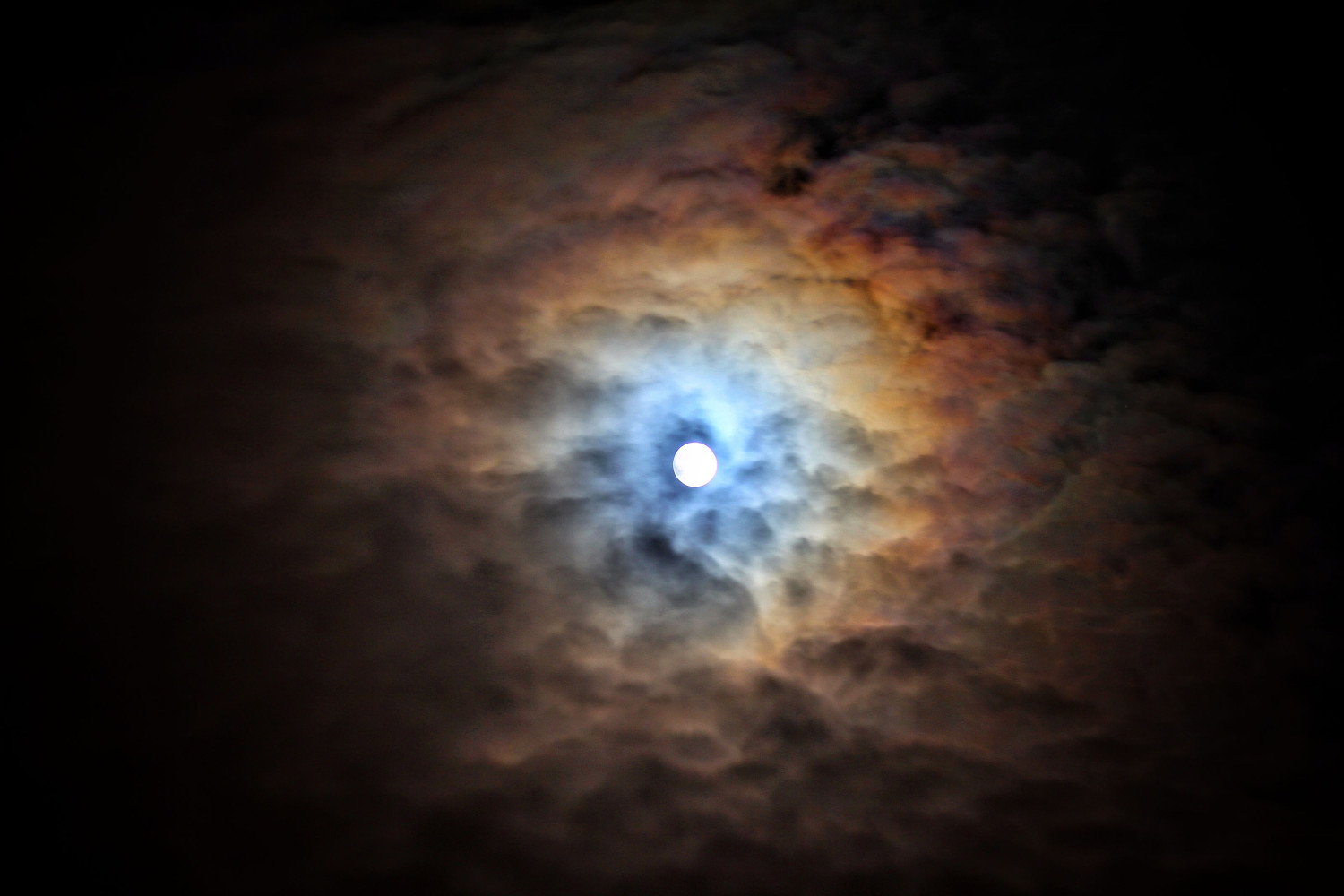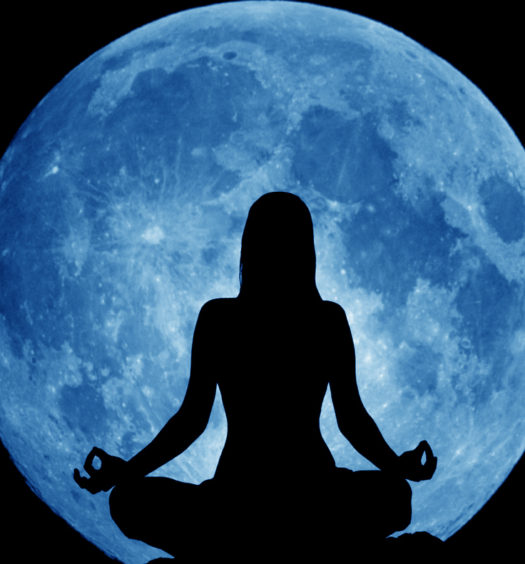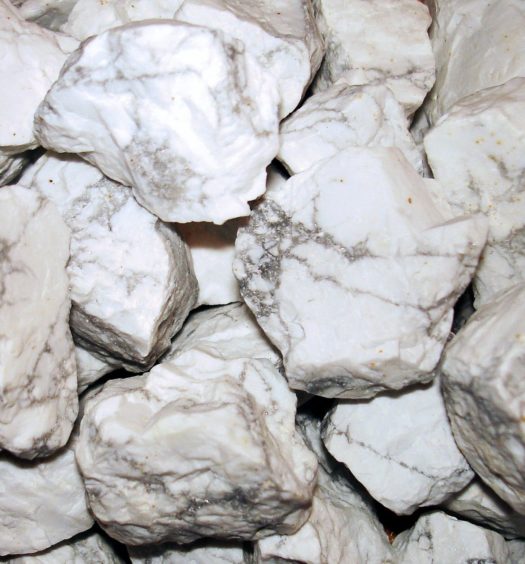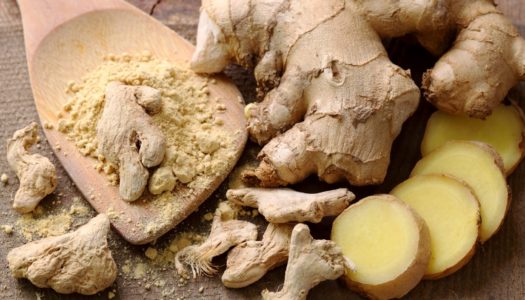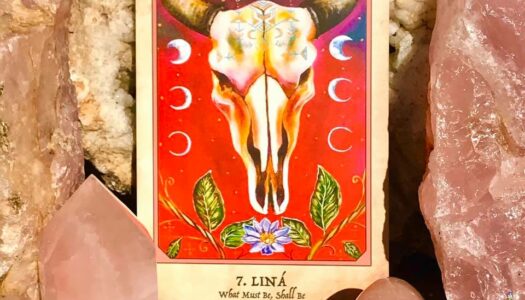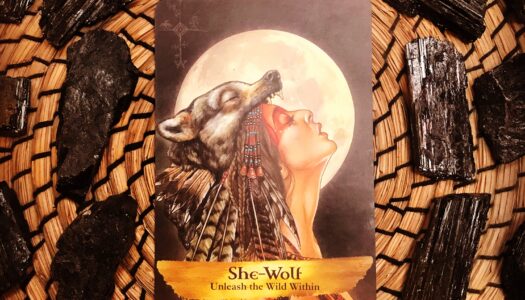When the moon is full it is as if the Great Spirit were upon the whole world. – Black Elk, Oglala Lakota Sioux
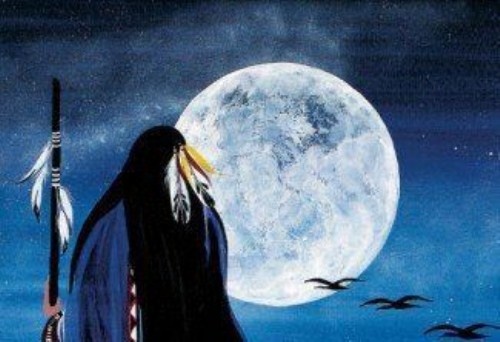 Many human cultures have given names to the full moon throughout the year. Different full moon names can be found among the Chinese, Celtic, Old English, and New Guinea cultures, to name a few. In addition, Native American tribes often used moon phases and cycles to keep track of the seasons and gave a unique name to each recurring full moon. The full moon names were used to identify the entire month during which each occurred.
Many human cultures have given names to the full moon throughout the year. Different full moon names can be found among the Chinese, Celtic, Old English, and New Guinea cultures, to name a few. In addition, Native American tribes often used moon phases and cycles to keep track of the seasons and gave a unique name to each recurring full moon. The full moon names were used to identify the entire month during which each occurred.

Although many Native American Tribes gave distinct names to the full moon, the most well known names of the full moon come from the Algonquin tribes who lived in the area of New England and westward to Lake Superior. The Algonquin tribes had perhaps the greatest effect on the early European settlers in America, and the settlers adopted the Native American habit of naming the moons. They even invented some of their own names that have been passed down through time.
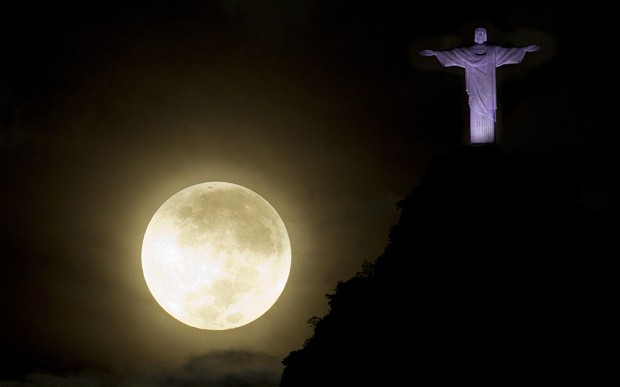
The names given below aren’t the only ones that have been used. Every full moon, with one exception, had variations on its name among various Algonquin tribes, not to mention other tribes throughout North America. But the names below are the most common. Some of the variations are also mentioned.
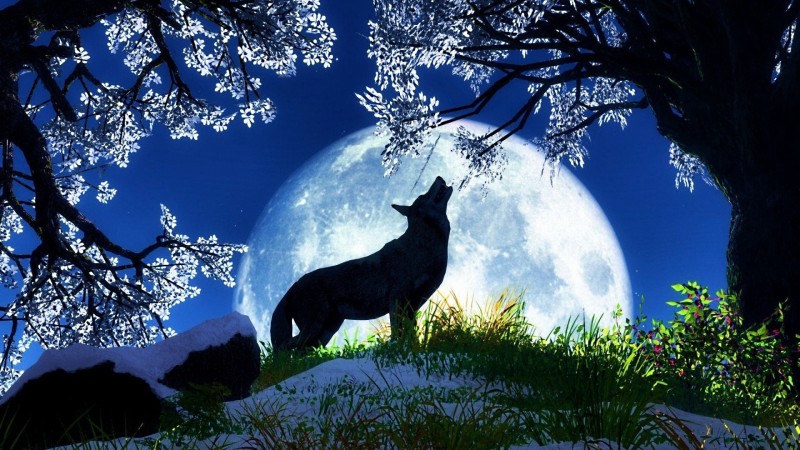
The Wolf Moon or Hunger Moon
During this month the wolves once roamed the countryside, thus suggesting the name wolf moon. In cold and temperate climates of the Northern Hemisphere, it was difficult to find food during January, thus the name hunger moon. This is a good time for planning your year from a spiritual perspective. What do you want to accomplish this year. What do you “hunger” for? Set some goals and plan how to achieve them.
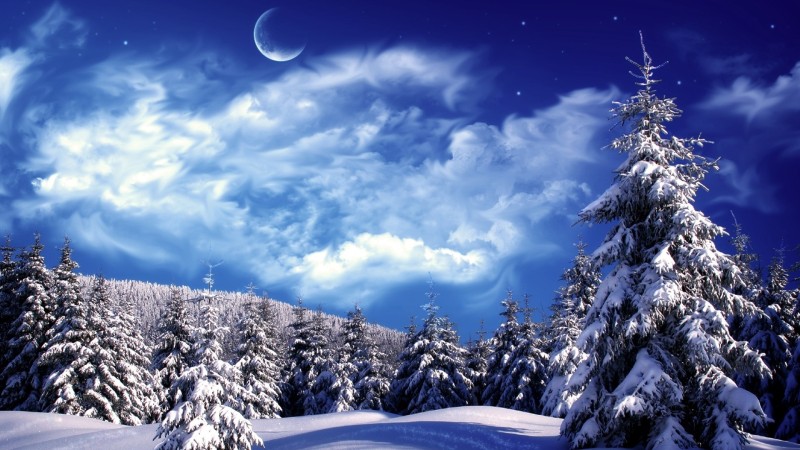
February: The Snow Moon
In certain parts of the world, snow is usually the deepest in this month, thus the name snow moon. This is a good time to focus your magik on home, hearth and family.

March: Sap or Worm Moon
Because sap rises in March, this full moon is called the sap moon. The ground softens during this month, and worms begin to burrow out of the ground, thus the name worm moon. This is a good time for healing magik. Think of the sap as the blood running through your veins carrying health and healing.

April: Pink Moon
Many flowers turn pink and bloom in April, thus the name pink moon. This is a good time for working on potential relationships, or heading off problems in an existing one.
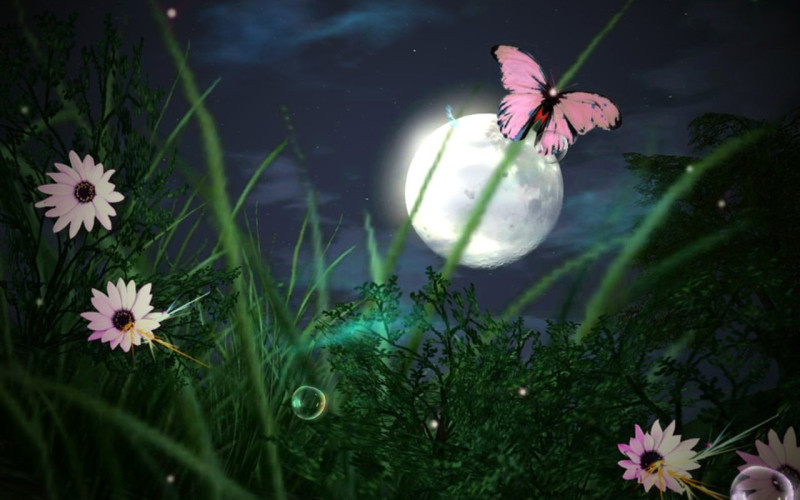
May: Flower Moon
Because many flowers bloom in May, after the April downpours, May’s moon is called the flower moon. This is a good time for working on commitments, both in spirit and love.

June: Strawberry or Rose Moon
Because strawberries bloom in June, this month’s moon is the strawberry moon. Also, the French call this moon la lune rose, which translates into English as “the rose moon.” This is a good time for taking stock of the year. It’s the mid-way point, so review what you’ve accomplished and what’s left to do. Hopefully you’ll find reasons for a celebration and put those strawberries and roses to good use.

July: Full Buck or Thunder Moon
Bucks (moose & deer) grow their first antlers during this month, thus the name buck moon. And, thunderstorms are most frequent during this time. This is a very masculine moon, so it’s a good time to work on the physical things in your life. Either physical in body, or things that some physical attention, like fixing the loose handle on the kitchen drawer.

August – Full Surgeon Moon
Because it is sturgeon season in certain parts of the world in August, its moon is called the sturgeon moon. This is the month to give thanks. Not only to the Great Spirit, but to yourself too. So set this moon aside for pampering yourself and your family. Your magikal night can begin with a relaxing meditation and a personal reading for yourself.
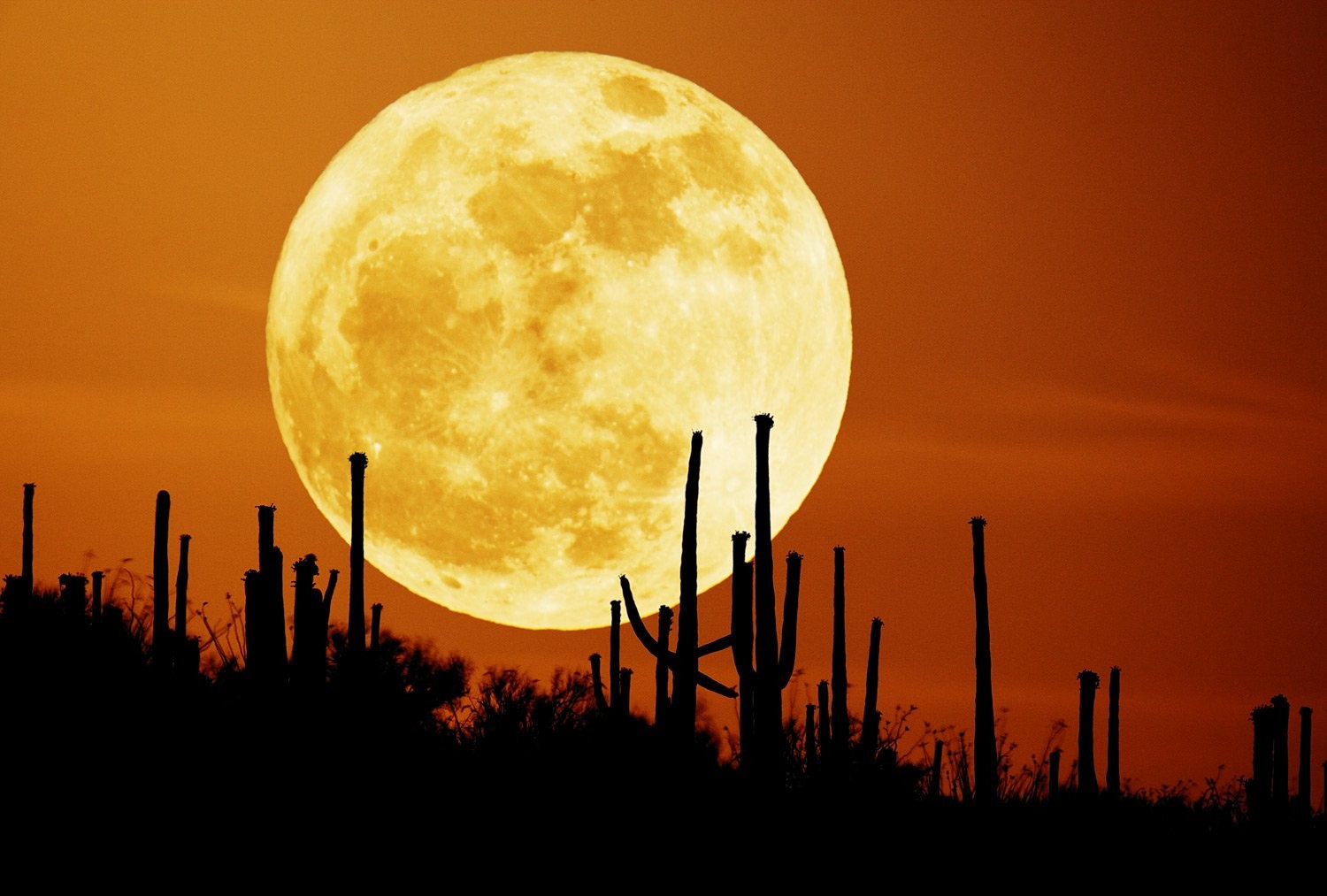
September: The Harvest or Corn Moon
Native Americans began to harvest their crops during this month every year (this full moon occurs late in August and is called the harvest moon). If the full moon occurs earlier in September, it is called the corn moon because the corn crop is ready for picking at that time. A good time clean and clear up the issues of life. A ritual for healing old wounds, emotional and physical, forgiving transgressors and yourself. A “letting go” time. Your harvesting the abundance of your soul and your growth, so get rid of that old stuff and make room for the new enlightened you!
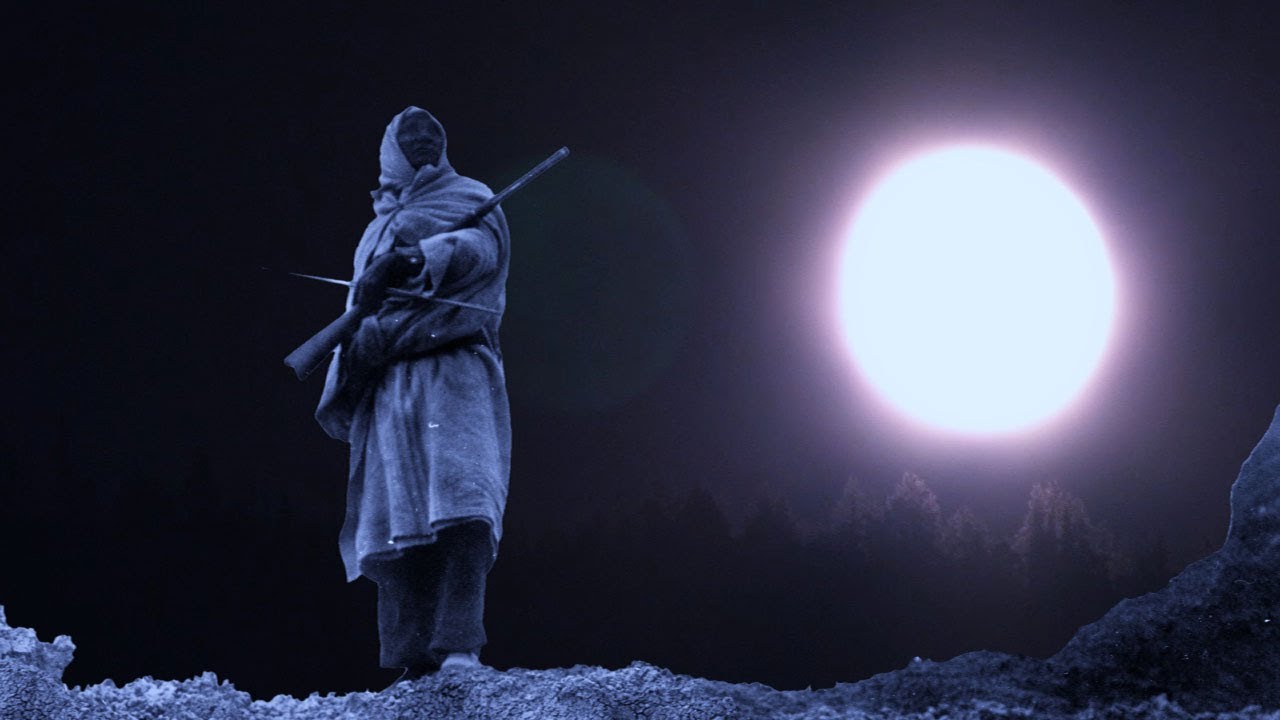
October: The Hunter’s Moon
The hunting season begins in October, thus the name hunter’s moon. This is a good time to align yourself with nature and conducting magikal rituals concerning animal issues, such as finding your personal animal guide, totem or relating to your birth totem.
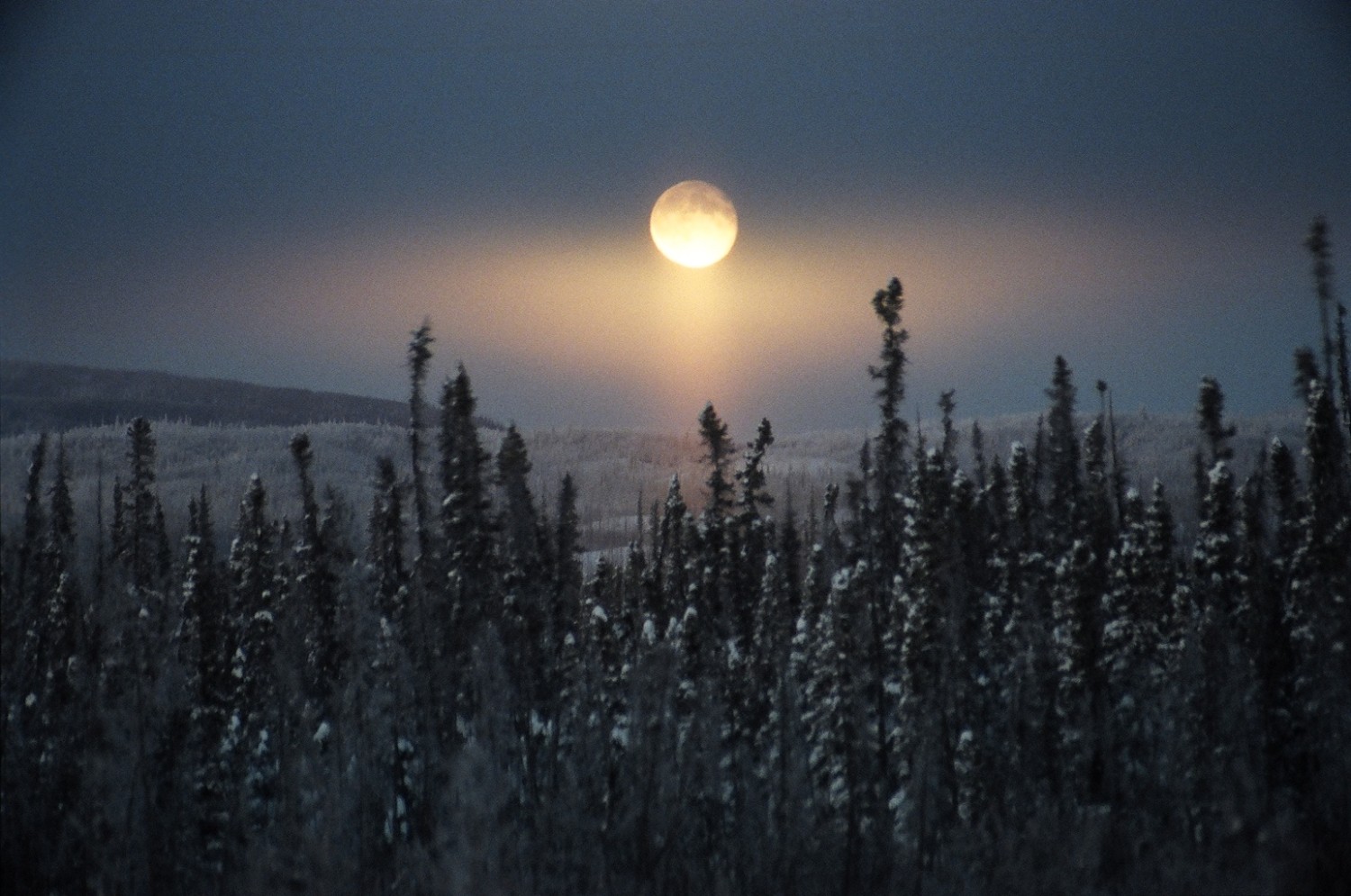
November: The Beaver Moon
Beaver traps were once set in this month to catch enough beaver to make warm clothing for the upcoming winter. A wonderful time for setting protection and protecting yourself from those ‘cold’ winds that try to interfere with your personal spiritual evolution.
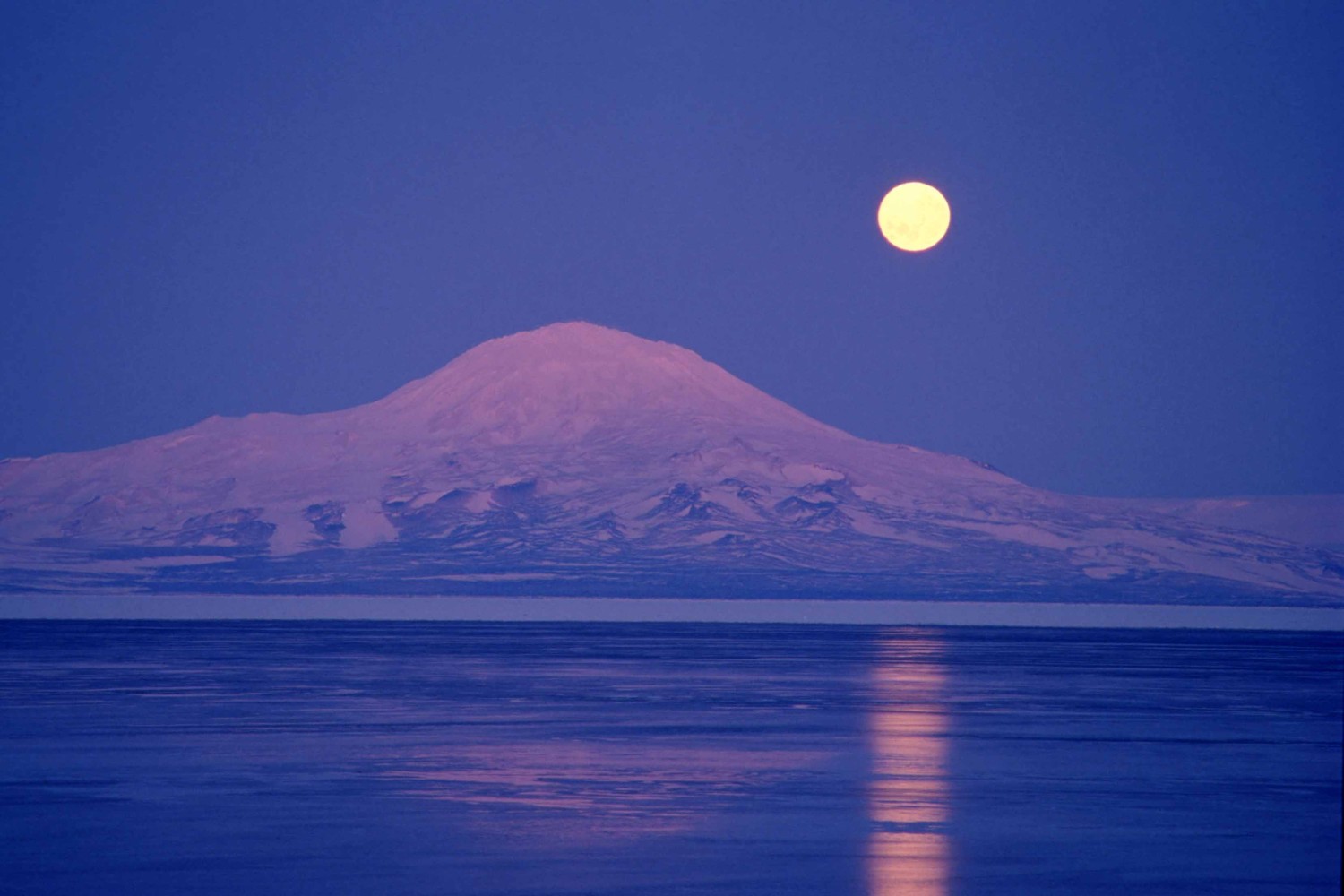
December: The Cold Moon
The approach of cold weather in the Northern Hemisphere gives this month’s full moon its name. Once again a wonderful moon for turning your attention to home, especially ritual space.
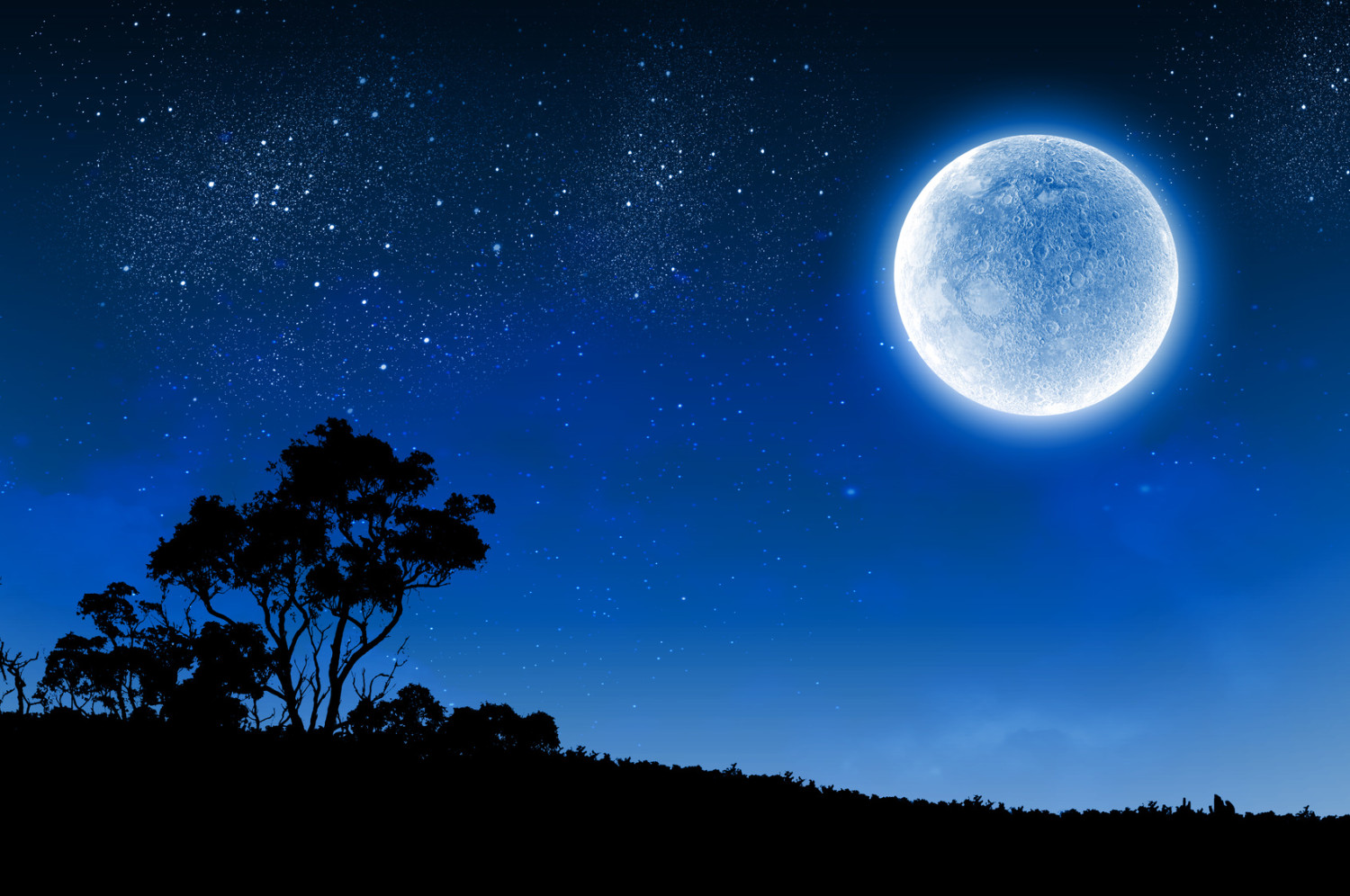
Blue Moon
Note that due to the 29-day lunar cycle the exact dates of the full moon move every year. Most seasons have three full moons, but because of the variation some seasons have four full moons. The term “blue moon” was used to identify one of these extra full moons. A mistaken definition in the March 1946 edition of Sky and Telescope magazine claimed the blue moon fell on the second full moon of the calendar month. This mistake caused widespread misunderstanding until it was finally corrected in 1999.

